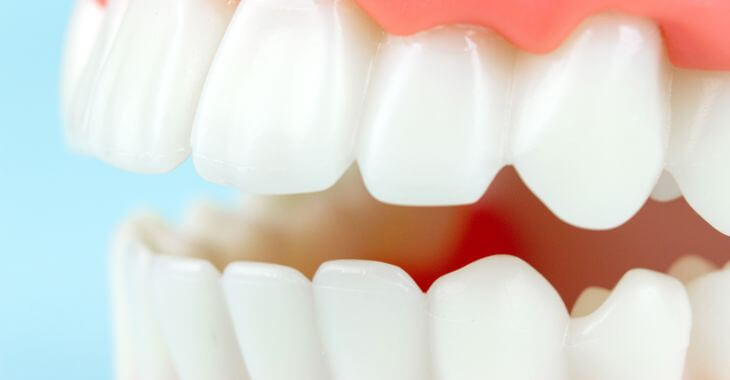Tooth Turning Gray: Restore White Smile Today
The appearance of a tooth turning gray can be a cause for concern, affecting not only the aesthetic appeal of one’s smile but also potentially indicating underlying health issues. Teeth discoloration can occur due to various reasons, including trauma, decay, or the use of certain medications. Understanding the causes and available treatments is crucial for restoring a white, healthy smile.
Causes of Tooth Discoloration
Discoloration of teeth can be categorized into two main types: intrinsic and extrinsic. Intrinsic discoloration occurs within the tooth, often due to:
- Trauma: A tooth that has suffered trauma may become discolored due to the death of the pulp. This pulp is responsible for the tooth’s nourishment and can cause the tooth to turn gray or black.
- Decay or Cavities: Extensive decay can cause discoloration, especially if the decay reaches the pulp of the tooth.
- Medications: Certain medications, especially those taken during tooth development, can lead to tooth discoloration. Tetracycline antibiotics are a well-known example, capable of causing significant discoloration if taken by children whose teeth are still developing.
- Fluorosis: While fluoride is essential for preventing decay, excessive consumption during enamel formation can lead to fluorosis, which appears as white spots or lines on the teeth but can, in severe cases, lead to discoloration.
Extrinsic discoloration, on the other hand, affects the outer layer of the tooth and is often caused by:
- Food and Beverages: Coffee, tea, red wine, and certain fruits and vegetables can stain teeth over time.
- Tobacco: Smoking or chewing tobacco can significantly stain teeth.
- Poor Oral Hygiene: Failure to brush and floss regularly can lead to plaque buildup, which can cause discoloration.
Treatments for Discolored Teeth
Restoring teeth to their natural white color can significantly boost confidence and overall oral health. Available treatments vary depending on the cause and extent of the discoloration:
- Professional Cleanings: For extrinsic stains, a professional dental cleaning can often remove the stains and restore the natural color of the teeth.
- Whitening: Teeth whitening treatments, either at-home kits or professional applications, can lighten teeth. These treatments work best for extrinsic stains and mild intrinsic discoloration.
- Dental Bonding: This involves applying a tooth-colored resin to the tooth to cover the discoloration. It’s a more conservative approach than veneers.
- Veneers: Porcelain veneers are thin layers of porcelain placed over the front of the teeth. They can completely cover discoloration and are a more permanent solution.
- Crowns: For severely discolored teeth, especially those that are also damaged, a dental crown can be an effective solution. The tooth is covered entirely by a cap that can be made to match the color of surrounding teeth.
- Root Canal Therapy: If the discoloration is due to a dead or dying pulp, a root canal may be necessary to remove the infected pulp and prevent further complications.
Preventing Tooth Discoloration
Prevention is key to maintaining a healthy, white smile. Regular dental check-ups, good oral hygiene practices (brushing twice a day and flossing once a day), and avoiding stain-causing foods and beverages can significantly reduce the risk of discoloration. For individuals at risk of tooth discoloration due to medication use or other factors, consulting a dentist for personalized advice is advisable.
The Role of Diet in Tooth Color
Diet plays a crucial role in the prevention of tooth discoloration. Foods and drinks that are known to stain teeth should be consumed in moderation. Regular consumption of dairy products, which are rich in calcium, can help strengthen teeth, while crunchy fruits and vegetables can help clean teeth naturally.
Advanced Dental Procedures
In cases where discoloration is severe or accompanied by other dental issues, more advanced procedures may be necessary. These can include dental implants for missing teeth, orthodontic treatments to correct the alignment of teeth, or periodontal treatments for gum health.
Conclusion
A tooth turning gray is not just a cosmetic issue but can also indicate underlying health problems. By understanding the causes and treatments available, individuals can take proactive steps to restore their smile and oral health. Regular dental care, a balanced diet, and prompt attention to any changes in tooth color can help prevent discoloration and ensure a lifetime of healthy, white smiles.
FAQ Section
What are the most common causes of tooth discoloration?
+Tooth discoloration can be caused by intrinsic factors such as trauma, decay, and certain medications, as well as extrinsic factors like food, tobacco, and poor oral hygiene.
Can all types of tooth discoloration be treated with whitening products?
+No, not all types of tooth discoloration can be effectively treated with whitening products. Intrinsic stains, especially those caused by medication or trauma, may require more invasive procedures like veneers or crowns.
How can I prevent tooth discoloration?
+Preventing tooth discoloration involves maintaining good oral hygiene, avoiding stain-causing foods and beverages, and attending regular dental check-ups. A balanced diet rich in calcium and fiber can also help.
Are there any home remedies for tooth discoloration?
+While there are home remedies like oil pulling or using baking soda, their effectiveness is often debated, and they may not address the underlying cause of discoloration. Professional dental advice is recommended for effective and safe treatment.
Can children's teeth become discolored due to medication?
+Yes, certain medications, especially tetracycline antibiotics, can cause significant discoloration in children's teeth if taken during the development phase. It's crucial for parents to discuss medication side effects with their child's dentist or pediatrician.
By considering these factors and options, individuals can take the first step towards addressing tooth discoloration and achieving a healthier, more confident smile.



